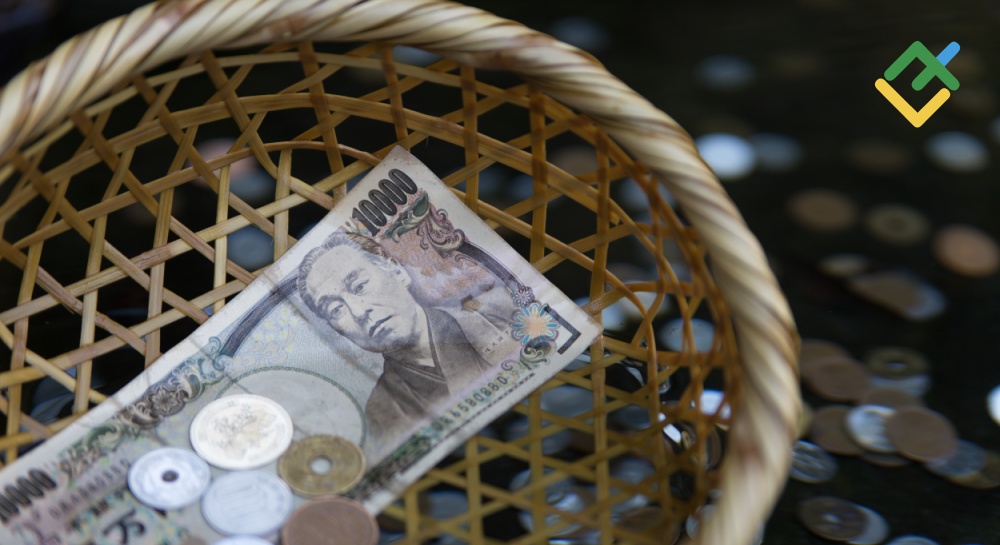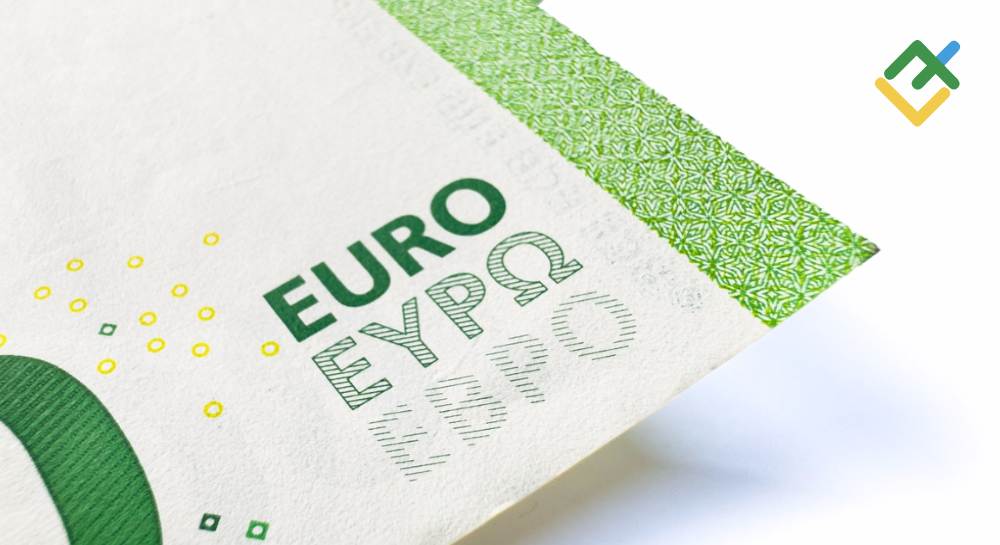Investing.com — Analysts at HSBC flagged growing downside risks for commodities, despite prices holding up at elevated levels for much of the previous 18 months.
While supply-side constraints have primarily driven commodity prices, slowing global demand and geopolitical uncertainties are creating new challenges.
“Although global commodity prices are well below the record-high peaks reached in mid-2022, they remain elevated,” said analysts at HSBC.
As of August 2024, prices were still 44% above their pre-pandemic average in nominal terms. However, when adjusted for inflation, these prices are closer to the 20-year historical average.
The primary reason for this resilience has been the supply-side “super-squeeze,” which HSBC identified as a key driver since 2022.
Global economic growth is slowing, and this is expected to weigh on commodity demand. HSBC forecasts global growth at 2.6% in both 2024 and 2025, down from 2.7% in 2023.
Sluggish global manufacturing, exacerbated by the ongoing property sector crisis in China, is a major headwind for metals prices.
China’s housing sector, a big consumer of metals like iron ore and copper, remains a key downside risk, with construction metrics still in contraction despite government stimulus efforts.
China’s property contraction is particularly concerning for industrial metals.
Although metals linked to the energy transition, such as copper and aluminium, have performed better, those more dependent on traditional infrastructure, such as iron ore, face significant demand challenges.
HSBC’s proprietary Commodity Cycle Selector (COCCLES), which employs machine learning to analyze commodity price movements, signals that commodities entered a Bear phase in mid-July 2024.
This model suggests that further downward pressure could be expected across a range of commodities, including oil and copper, although some commodities like gold have seen recent price increases due to geopolitical concerns.
While demand-side factors are weighing on commodities, supply-side constraints continue to provide support. Geopolitical risks, including the Russia-Ukraine conflict, disruptions in the Red Sea, and high shipping costs, remain elevated.
These supply-side disruptions, combined with the effects of climate change, such as extreme weather impacting agricultural production, create persistent volatility in global commodity markets.
In the energy sector, HSBC’s oil and gas team forecasts that OPEC+ production cuts, along with record-high US crude production, could lead to a market surplus by 2025. However, for now, geopolitical tensions are keeping oil prices relatively elevated.
The ongoing global energy transition is boosting demand for metals like copper, lithium, and hydrogen, which are essential for renewable energy technologies, electric vehicles, and battery storage systems.
However, HSBC warns that supply chain issues and geopolitical challenges could hamper the smooth flow of these critical materials.
In agricultural markets, weather remains the primary driver. Grains like wheat and maize have seen prices fall due to favorable weather conditions, particularly in the United States.
In contrast, “finer foods” such as cocoa, coffee, and olive oil have experienced significant price increases due to adverse weather conditions and supply disruptions in key producing regions.
HSBC notes that global food prices could remain volatile, with risks stemming from climate change, geopolitical tensions affecting trade routes, and shifts in trade policy, particularly in the aftermath of India’s rice export restrictions.
Precious metals, particularly gold, have surged to record highs above $2,500 per ounce. “The rally has been fuelled by powerful safe haven and hedge fund purchases, prompted by expectations of Fed and other central bank rate cuts, and growing economic and geopolitical uncertainty,” the analysts said.
Gold’s role as a hedge against inflation and economic uncertainty is expected to remain strong, with potential further upside depending on the global macroeconomic and political environment.
This post is originally published on INVESTING.





